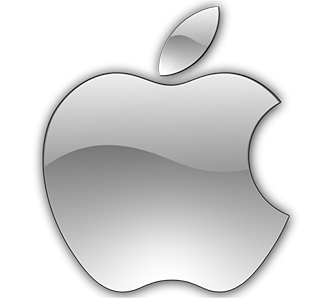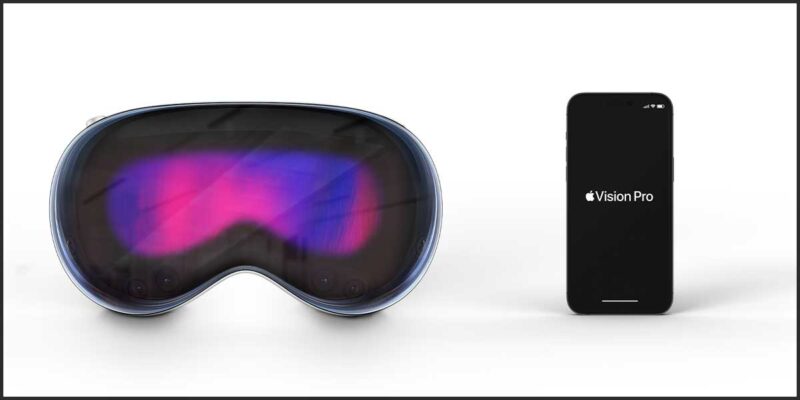Waiting for the Apple iWatch
By Charles Annis
DisplaySearch
 Apple’s widely-anticipated entry into the smart watch market would be the company’s first major new product foray in several years. With Apple’s unparalleled functionality and design capabilities, as well as market clout, the “iWatch” could be just what smart watches need to move into the mainstream. In addition, the iWatch will likely impact — and be impacted by — the development of flexible display manufacturing.
Apple’s widely-anticipated entry into the smart watch market would be the company’s first major new product foray in several years. With Apple’s unparalleled functionality and design capabilities, as well as market clout, the “iWatch” could be just what smart watches need to move into the mainstream. In addition, the iWatch will likely impact — and be impacted by — the development of flexible display manufacturing.
Since Apple has not provided any information on when exactly (or even if at all) the product will launch, what it will look like and what features it will offer all remain in the realm of speculation. But Apple’s display manufacturing partner LG Display is believed to be ramping up production of 1.3” and 1.5” QVGA AMOLEDs on plastic substrates. If these are for the iWatch, it could be an indication that Apple has prioritized image quality over battery life. Another benefit of AMOLED on plastic is that it can be extremely thin, light and rugged.
How smoothly production of the display is progressing is a point of great interest and also likely a gating factor for when the iWatch will be released. Producing high resolution AMOLEDs is always a challenge, and doing that on a polymer substrate adds multiple levels of complication.
As analyzed in our Flexible Displays Technology and Market Forecast Report, the iWatch display is believed to be made using the electronics on plastic by laser release (EPLaR) process. By coating a polyimide flexible substrate onto a carrier glass, the EPLaR process allows AMOLED makers to fully utilize conventional backplane and frontplane patterning techniques. Flexibility is achieved by encapsulating the AMOLED with a stack of thin films and then using laser lift-off to remove the plastic panels from their glass carrier.
Using mass-production proven LTPS backplane and FMM (fine metal mask) front-plane processes has enabled a relatively straightforward approach to fabricating flexible AMOLEDs. Even so, the supplemental flexible process steps create substantial additional manufacturing challenges related to particles, barrier performance and device integrity after lift-off; all of which compromise panel yield.
Actual yield rates are proprietary to FPD makers and are very difficult to confirm, but early in 2014 yield rates were believed to be below 20 percent. Since then, continuous process improvements have reportedly helped to significantly improve yields.
Because LG Display currently has a limited amount of flexible AMOLED capacity, yield rates may well determine when the iWatch launches as well as initial volumes. DisplaySearch estimates that average yield rates above 60 percent would allow LG Display to produce more than 10 million panels in 2014.
Apple has an incredible track record of successfully creating completely new markets. So although we are not exactly sure about unit numbers or if Apple will release its first generation smart watch in September or November, or if it will slip to 2015, we are very excited about the prospect of the iWatch pushing flexible plastic AMOLEDs from their current niche status into mainstream consumer product.
This column was reprinted with permission from DisplaySearch and originally appeared here.





